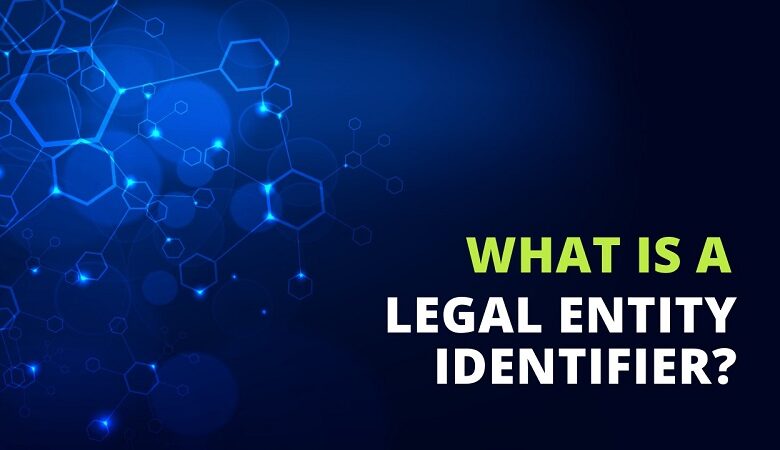Navigating the LEI Registration Process: A Comprehensive Guide

The Legal Entity Identifier (LEI) is a unique identifier that simplifies global business identification and verification processes. The LEI Register is pivotal in facilitating transparency, risk management, and regulatory compliance for organisations navigating the business landscape. This comprehensive guide will navigate you through the LEI registration process, ensuring a smooth and efficient experience.
Determine the Need for an LEI
Evaluate whether your organisation requires an LEI. Many regulatory authorities and financial institutions mandate using LEIs for reporting obligations, such as derivatives trading, securities transactions, and regulatory filings. Assess the jurisdictions and sectors in which your organisation operates to understand the requirements and benefits of obtaining an LEI.
Choose an Accredited LEI Issuer
Select an accredited LEI issuer, also known as a Local Operating Unit (LOU), to facilitate the registration process. Ensure the LOU is recognised and authorised by the Global Legal Entity Identifier Foundation (GLEIF). Research different LOUs to find the one that aligns with your organisation’s cost, service quality, and efficiency needs.
Prepare the Required Information
Gather the necessary information and documentation for the LEI registration process. This includes legal entity names, addresses, ownership details, and relevant identifiers. Consult the LOU’s registration requirements and guidelines to ensure that you provide accurate and complete information.
Submit the Application
Submit your application to the chosen LOU. The application process may vary slightly depending on the LOU, but it generally involves filling out an online form or providing the required documentation via email or postal mail. Double-check the application for accuracy and completeness before submission.
Verification and Validation
The LOU will verify the information provided during the registration process. They will validate the legal entity’s identity, status, and ownership details to ensure compliance with GLEIF’s standards. The verification process may involve additional documentation or requests for clarification.
Receive the LEI
Once the verification and validation process is complete, the LOU will assign an LEI to your legal entity. The LEI will be generated and associated with your organisation, making it a globally recognised identifier. The LOU will communicate the assigned LEI to you and any relevant instructions or documentation.
Maintain and Renew the LEI
Maintaining accurate and up-to-date LEI information is essential. Update the LEI record promptly in case of any changes to legal entity names, addresses, ownership structures, or other relevant details. Ensure compliance with renewal requirements to keep the LEI active and valid. Failure to renew the LEI may result in its suspension or deactivation.
Utilise the LEI
Leverage the obtained LEI to enhance transparency, risk management, and regulatory compliance. Integrate the LEI into your internal systems and processes to streamline customer onboarding, transaction verifications, and regulatory reporting. Utilise the LEI as a standard identifier when conducting business with counterparties in financial transactions.
Conclusion
Effectively navigating the LEI Register during registration is essential for organisations aiming to achieve transparency, enhance risk management, and ensure regulatory compliance. By following this comprehensive guide, you can successfully obtain an LEI and leverage its benefits. Understand the purpose of the LEI, choose an accredited LOU, prepare the necessary information, submit the application, undergo verification and validation, receive the LEI, and maintain its accuracy. Embrace its power as a globally recognised identifier to streamline operations and facilitate trust and transparency in the global business landscape.




